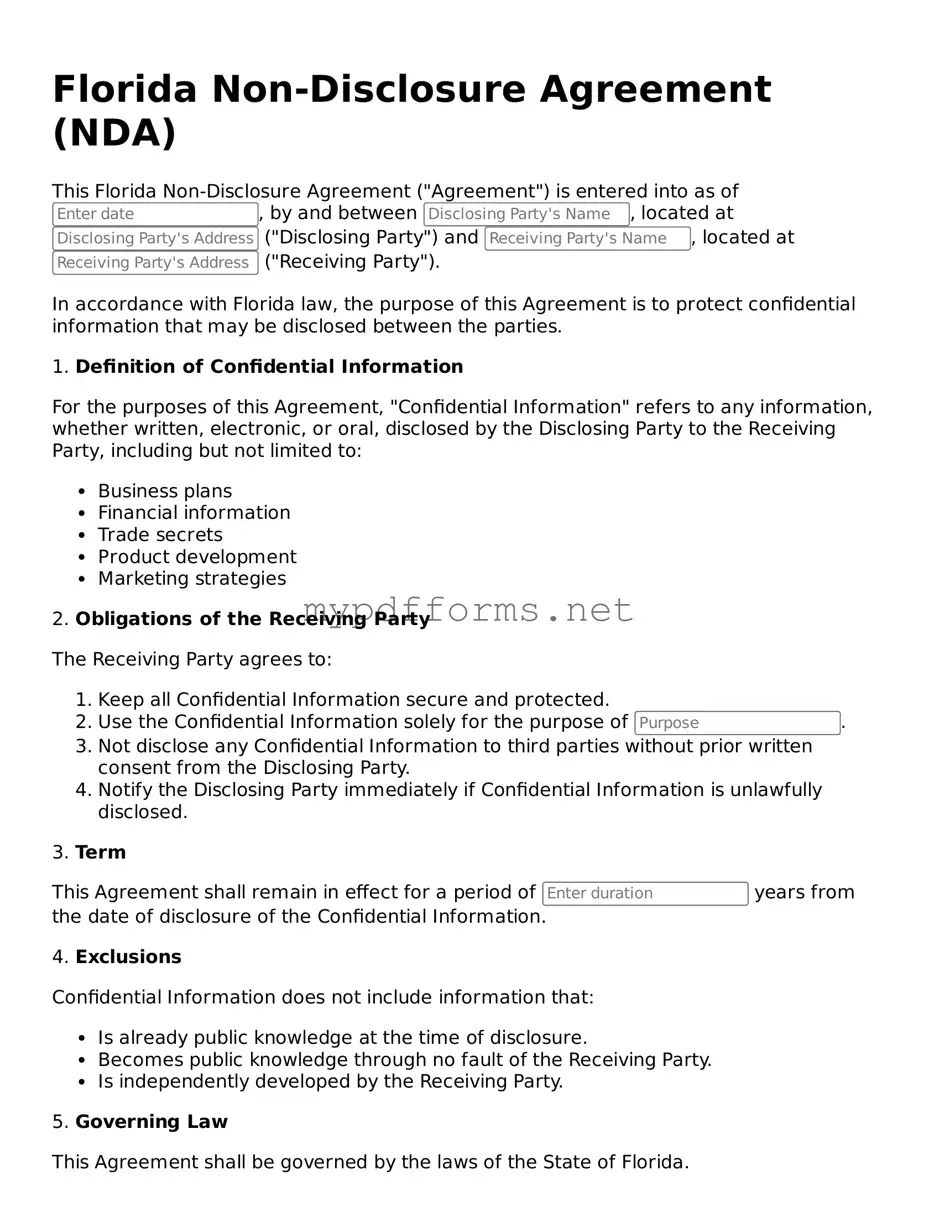A Non-Disclosure Agreement (NDA) is similar to a Confidentiality Agreement. Both documents serve the primary purpose of protecting sensitive information shared between parties. While an NDA often focuses on preventing the disclosure of proprietary information, a Confidentiality Agreement may also cover the handling of personal data and trade secrets. Both agreements typically outline the obligations of the receiving party to keep the information confidential and the consequences of breaching that trust.
An Employment Agreement can also be compared to an NDA. When employees are hired, they often have access to confidential company information. An Employment Agreement may include clauses that require employees to maintain confidentiality regarding company operations, client lists, and other sensitive materials. This ensures that employees understand their responsibilities toward protecting the company’s proprietary information while employed and even after their departure.
A Service Agreement can also resemble an NDA. When a service provider is contracted to perform work for a business, they may gain access to confidential information. A Service Agreement may include confidentiality provisions to ensure that the service provider does not disclose sensitive information to third parties. This protects the business’s proprietary information while allowing the service provider to fulfill their contractual obligations.
A Licensing Agreement is another document that may contain elements similar to an NDA. When one party licenses intellectual property to another, they often share proprietary information related to that property. A Licensing Agreement typically includes confidentiality clauses to protect the interests of the licensor, ensuring that the licensee does not disclose or misuse the licensed information.
In the realm of mergers and acquisitions, a Letter of Intent (LOI) often includes confidentiality provisions akin to those found in an NDA. When two companies are considering a merger or acquisition, they may share sensitive financial and operational information. The LOI outlines the intentions of both parties and establishes confidentiality obligations to protect the information shared during negotiations.
A Memorandum of Understanding (MOU) can also include confidentiality agreements. While an MOU outlines the terms of a mutual agreement between parties, it may also specify how confidential information will be handled. This ensures that all parties understand their responsibilities in protecting sensitive information during the collaboration.
In academic settings, a Research Agreement may include confidentiality clauses similar to those found in NDAs. When researchers collaborate, they often share sensitive data and findings. A Research Agreement outlines the terms of the collaboration and may require participants to keep shared information confidential, thereby protecting the integrity of the research and the interests of the parties involved.
To effectively manage the confidentiality of sensitive information in real estate dealings, parties can utilize a comprehensive Real Estate Non-Disclosure Agreement form, ensuring privacy and protection throughout the transaction process. For more details, visit this comprehensive Real Estate Non-Disclosure Agreement form.
Finally, a Non-Circumvention Agreement is akin to an NDA in that it aims to protect sensitive information. This document is often used when one party shares business contacts or opportunities with another party. The Non-Circumvention Agreement prevents the receiving party from bypassing the original party to engage directly with the contacts shared, thus safeguarding the interests of the disclosing party.
